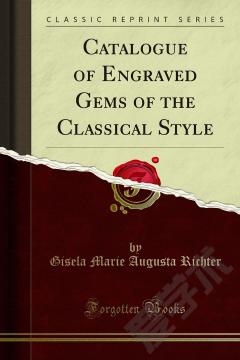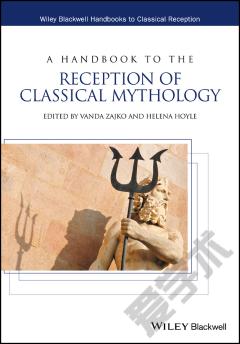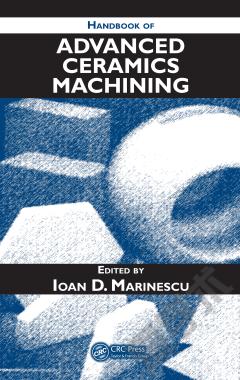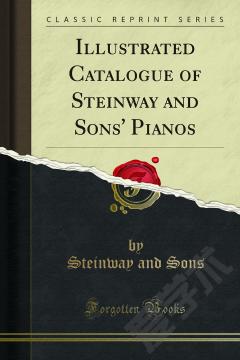Catalogue of Engraved Gems of the Classical Style
The King Collection was formed by the Rev. C. W. King of Trinity College, Cambridge, England, between the years 1845 and 1877. It was subsequently sold by him to John Taylor Johnston, who generously presented it to our Museum in 1881. The majority of these gems date from the later periods, though several fine early ex amples are included, such as the eight-sided cone with Hermes (no. The agate with the galloping Centaur (no. And the carnelian with the child caressing a hound (no. Among the Hellenistic and Graeco Roman gems the most important are, perhaps, the bust of Serapis (no. The portrait of Junius Brutus (no. The pantheistic head (no. Apollo leaning on a pillar (no. The head of Asklepios (no. And the charming Satyr bust (no. An attractive series is that showing Erotes in various attitudes and motives (nos. 146 Most of our late Roman and pseudo classical stones belong to this collection.
{{comment.content}}








 京公网安备 11010802027623号
京公网安备 11010802027623号